Glamming Up Concrete
As the most widely used man-made material in the world, concrete is seen every day in sidewalks, pavement and buildings as well as in bases for fences, poles and more. But what about its use in gardens? When it comes to including concrete in their gardens, chances are your customers don’t consider it as an option for anything other than walkways and basic patios.
This is because most consumers are probably unaware of concrete’s versatility: While it makes an excellent building material, concrete can also be used for sleek, trendy and attractive indoor and outdoor décor. From containers to furniture and accents, concrete can be formed and decorated to make beautiful products consumers are eager to purchase that is, if you make them aware of concrete’s possibilities. The key to selling concrete in your garden center is not merely stocking appealing concrete products; it’s changing your customers’ perception of the material and educating them about everything concrete can offer.
So Many Options
From different stains to different shapes, there is a lot that can be done with concrete. “Concrete is limited only by a person’s imagination. It is like potters’ clay; you can basically create just about anything,” explained Bent Mikkelsen, publisher of Professional Trade Publications, which produces Concrete Décor magazine.
Because of its flexibility, concrete has become a medium for artists like Charles Sthreshley, who creates concrete art furniture. For the most part, he sells his works to consumers through galleries. Sthreshley creates his art by hand-building each piece over an armature and wire mesh. “The pieces can be used indoors or out. They’re finished in sort of a marble-like finish. You can see different layers of color in it because each layer I put on is slightly different or it takes to the concrete a little differently,” he explained. You can learn more about Sthreshley’s technique and see images of his work on his Web site, www.concrete-art.com. To sell unique, handmade concrete pieces in your garden center, try working with local artists and craftspeople.
Concrete décor isn’t solely about shaping the material; it also includes adding stains and other decorative elements to walls, floors and more. While many consumers are becoming interested in decorative concrete treatments (especially as more businesses are implementing them), a lot of the treatment materials can be difficult to work with properly, said Jim Peterson, president of the Concrete Network. If a garden center would like to carry coloring options for concrete, he recommends that it sell basic stains. “If a do-it-yourselfer wants to do a basic, 1-color stain job, that’s very straightforward,” he explained. When consumers ask for more complicated finishes that may involve saw cuts, designs, multiple colors or faux finishes, Peterson feels it’s best to recommend or work with a professional.
Selling Points
When you suggest concrete as a décor option for consumers, their first thoughts might be of concrete slabs and not attractive garden products, which is why informing your customers about concrete’s versatility is important. To help do this, encourage your employees to learn a few selling points for concrete.
Mikkelsen said concrete’s main selling point is its uniqueness: When garden centers work with local artisans and contractors to create and sell interesting pieces, customers will notice. “There’s a wealth of [concrete products] I don’t think you’re going to find it in retail stores around the country because it’s going to be an individual artist in the area selling to a supply center,” he said. If you are working with local concrete craftspeople, don’t be afraid to advertise it. By doing so, you’ll set yourself apart from the big boxes and attract unique-seeking consumers.
You can appeal to a different set of consumers by talking about concrete’s long-lasting properties. Made of a binding medium embedded with fine and course aggregate, concrete is quite durable as well as fire and waterproof. In fact, according to the Pacific Southwest Concrete Alliance, the United State’s first concrete street, built in 1891 in Bellefontaine, Ohio, is still in service today a testament to the material’s strength and longevity. Customers who are looking for pieces that will last a lifetime will appreciate concrete. Make sure your sales staff knows a few fun facts about concrete’s durability that they can pass along to interested shoppers.
Sthreshley likes to think about the environmental benefits of concrete furniture and accessories, which don’t rely on hardwoods from forests or require heavy machinery to make. “With concrete, you’re basically just using sand,” he explained. “Most of the work can be done without using high-tech machinery, particularly my technique.” Environmentally friendly (“green”) furniture is a good fit for garden centers; be sure to let your customers know the environmental benefits of choosing concrete products for their homes and gardens.
Make Your Own
Concrete molds are another option for garden center retailers who want to carry concrete products. Molds can be especially helpful for retailers who don’t have concrete artisans or contractors nearby and don’t want to pay to ship the heavy products. Different companies produce different types of concrete molds, with the design and type of molds varying with each company. If handled and maintained properly, the molds can be reused again and again. Some molds require certain types of concrete mix, so be sure to check with your mold supplier before starting.
No matter if you make your own concrete pieces, work with artists or order them from catalogues, you’ll know you’re offering your customers something different for their gardens and teaching them a thing or two about the possibilities and benefits of concrete.

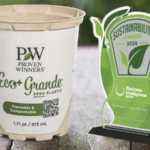

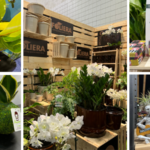
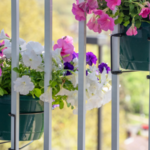

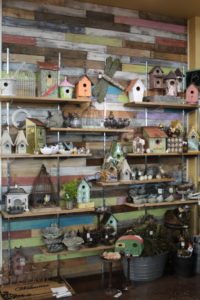
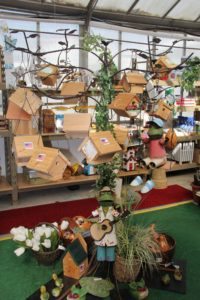
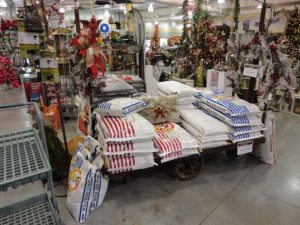
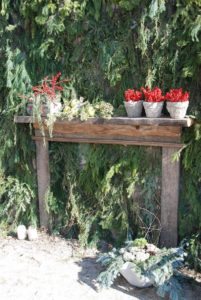
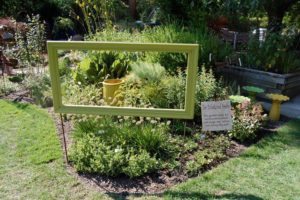
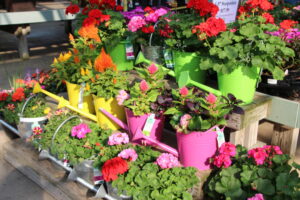
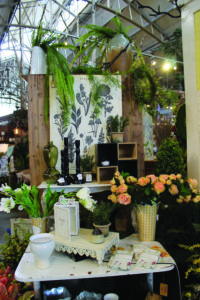
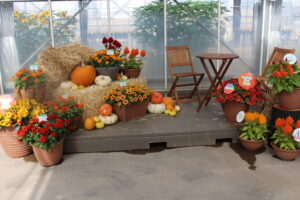
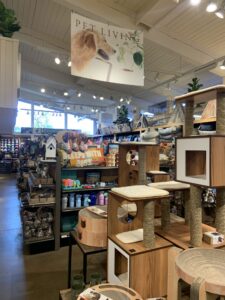
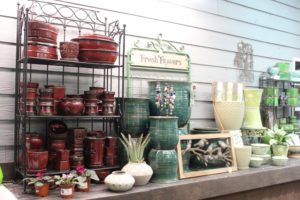
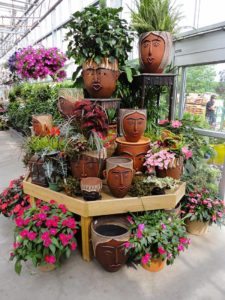
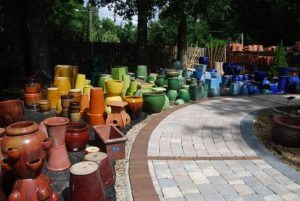
 Videos
Videos





